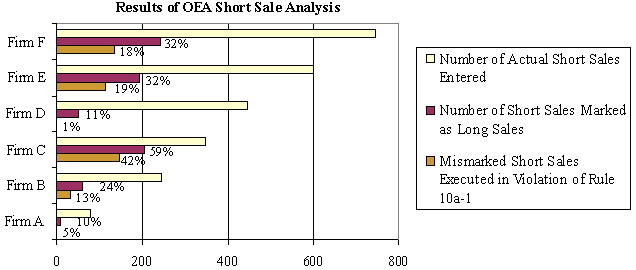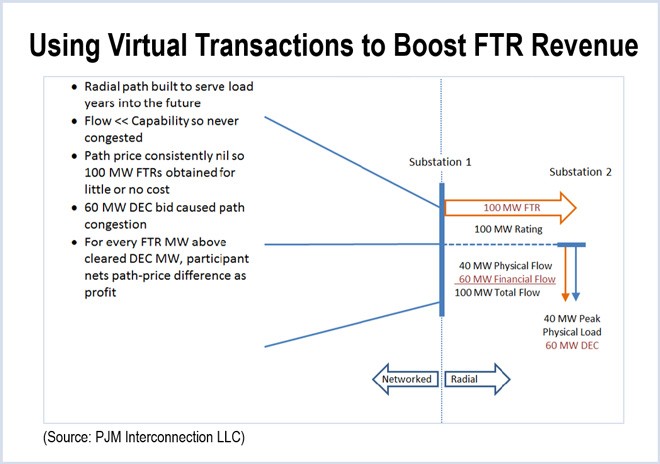Day Trading Margin Requirements Know the Rules
Post on: 28 Июнь, 2015 No Comment

Frequently Asked Questions
Why the change?
The primary purpose of the day-trading margin rules is to require that certain levels of equity be deposited and maintained in day-trading accounts, and that these levels be sufficient to support the risks associated with day-trading activities. It was determined that the prior day-trading margin rules did not adequately address the risks inherent in certain patterns of day trading and had encouraged practices, such as the use of cross-guarantees, that did not require customers to demonstrate actual financial ability to engage in day trading.
Most margin requirements are calculated based on a customer’s securities positions at the end of the trading day. A customer who only day trades does not have a security position at the end of the day upon which a margin calculation would otherwise result in a margin call. Nevertheless, the same customer has generated financial risk throughout the day. The day-trading margin rules address this risk by imposing a margin requirement for day trading that is calculated based on a day trader’s largest open position (in dollars) during the day, rather than on his or her open positions at the end of the day.
Were investors given an opportunity to comment on the rules?
The rules were approved by the NASD Regulation Board of Directors and then filed with the Securities and Exchange Commission (SEC). On February 18, 2000, the SEC published NASD’s proposed rules for comment in the Federal Register. The SEC also published for comment substantially similar rule changes that were proposed by the New York Stock Exchange (NYSE). The SEC received over 250 comment letters in response to the publication of these rule changes. Both the NASD and NYSE filed with the SEC written responses to these comment letters. On February 27, 2001, the SEC approved both the NASD and NYSE day-trading margin rules. As noted above, the NASD rules became operational on September 28, 2001.
Definitions
What is a day trade?
Day trading refers to buying then selling or selling short then buying the same security on the same day. Just purchasing a security, without selling it later that same day, would not be considered a day trade.
Does the rule affect short sales?
As with current margin rules, all short sales must be done in a margin account. If you sell short and then buy to cover on the same day, it is considered a day trade.
Does the rule apply to day trading options?
Yes. The day trading margin rule applies to day trading in any security, including options.
What is a pattern day trader?
You will be considered a pattern day trader if you trade four or more times in five business days and your day-trading activities are greater than six percent of your total trading activity for that same five-day period.
Your brokerage firm also may designate you as a pattern day trader if it knows or has a reasonable basis to believe that you are a pattern day trader. For example, if the firm provided day trading training to you before opening your account, it could designate you as a pattern day trader.
Would I still be considered a pattern day trader if I engage in four or more day trades in one week, then refrain from day trading the next week?
In general, once your account has been coded as a pattern day trader, the firm will continue to regard you as a pattern day trader even if you do not day trade for a five-day period. This is because the firm will have a reasonable belief that you are a pattern day trader based on your prior trading activities. However, we understand that you may change your trading strategy. You should contact your firm if you have decided to reduce or cease your day trading activities to discuss the appropriate coding of your account.
Day Trading Minimum Equity Requirement
What is the minimum equity requirement for a pattern day trader?
The minimum equity requirements on any day in which you trade is $25,000. The required $25,000 must be deposited in the account prior to any day-trading activities and must be maintained at all times.
Why is the minimum equity requirement for pattern day traders higher than the current minimum equity requirement of $2,000?
The minimum equity requirement of $2,000 was established in 1974, before the technology existed to allow for electronic day trading by the retail investor. As a result, the $2,000 minimum equity requirement was not created to apply to day-trading activities Rather, the $2,000 minimum equity requirement was developed for the buy-and-hold investor who retained securities collateral in his/her account, where the securities collateral was (and still is) subject to a 25 percent regulatory maintenance margin requirement for long equity securities. This collateral could be sold out if the securities declined substantially in value and were subject to a margin call. The typical day trader, however, is flat at the end of the day (i.e. he is neither long nor short securities). Therefore, there is no collateral for the brokerage firm to sell out to meet margin requirements and collateral must be obtained by other means. Accordingly, the higher minimum equity requirement for day trading provides the brokerage firm a cushion to meet any deficiencies in the account resulting from day trading.
How was the $25,000 requirement determined?
The credit arrangements for day trading margin accounts involve two parties — the brokerage firm processing the trades and the customer. The brokerage firm is the lender and the customer is the borrower. In determining whether the existing $2,000 minimum equity requirement was sufficient for the additional risks incurred with day trading, we obtained input from a number of brokerage firms, since these are the entities extending the credit. The majority of firms felt that in order to take on the increased intra-day risk associated with day trading, they wanted a $25,000 cushion in each account in which day trading occurred. In fact, firms are free to impose a higher equity requirement than the minimum specified in the rules, and many of them already had imposed a $25,000 requirement on day trading accounts before the day trading margin rules were revised.
Does the $25,000 minimum equity requirement have to be 100 percent cash or could it be a combination of cash and securities?
You can meet the $25,000 minimum equity requirement with a combination of cash and eligible securities.
Can I cross-guarantee my accounts to meet the minimum equity requirement?
No, you can’t use a cross-guarantee to meet any of the day-trading margin requirements. Each day-trading account is required to meet the minimum equity requirement independently, using only the financial resources available in the account.
What happens if the equity in my account falls below the minimum equity requirement?
If the account falls below the $25,000 requirement, you will not be permitted to day trade until you deposit cash or securities in the account to restore the account to the $25,000 minimum equity level.
I’m always flat at the end of the day. Why do I have to fund my account at all? Why can’t I just trade stocks, have the brokerage firm mail me a check for my profits or, if I lose money, I’ll mail the firm a check for my losses?
This would in effect be a 100 percent loan to you to purchase equity securities. It is saying you should be able to trade solely on the firm’s money without putting up any of your own funds. This type of activity is prohibited, as it would put your firm (and indeed the U.S. securities industry) at substantial risk.

Why can’t I leave my $25,000 in my bank?
The money must be in the brokerage account because that is where the trading and risk is occurring. These funds are required to support the risks associated with day-trading activities. It is important to note that the Securities Investor Protection Corporation (SIPC) may protect up to $500,000 for each customer’s securities account, with a limitation of $250,000 in claims for cash.
Day Trading Buying Power
What is my day-trading buying power under the rules?
You can trade up to four times your maintenance margin excess as of the close of business of the previous day.
It is important to note that your firm may impose a higher minimum equity requirement and/or may restrict your trading to less than four times the day trader’s maintenance margin excess. You should contact your brokerage firm to obtain more information on whether it imposes more stringent margin requirements.
Day Trading Margin Calls
What if I exceed my day-trading buying power?
If you exceed your day-trading buying power limitations, your brokerage firm will issue a day-trading margin call to you. You will have, at most, five business days to deposit funds to meet this day-trading margin call. Until the margin call is met, your day-trading account will be restricted to day-trading buying power of only two times maintenance margin excess based on your daily total trading commitment. If the day-trading margin call is not met by the fifth business day, the account will be further restricted to trading only on a cash available basis for 90 days or until the call is met.
Accounts
Does this rule change apply to cash accounts?
Day trading in a cash account is generally prohibited. Day trades can occur in a cash account only to the extent the trades do not violate the free-riding prohibition of Federal Reserve Board’s Regulation T. In general, failing to pay for a security before you sell the security in a cash account violates the free-riding prohibition. If you free-ride, your broker is required to place a 90-day freeze on the account.
Does this rule apply only if I use leverage?
No, the rule applies to all day trades, whether you use leverage (margin) or not. For example, many options contacts require that you pay for the option in full. As such, there is no leverage used to purchase the options. Nonetheless, if you engage in numerous options transactions during the day you are still subject to intra-day risk. You may not be able to realize the profit on the transaction that you had hoped for and may indeed incur substantial loss due to a pattern of day-trading options. Again, the day trading margin rule is designed to require that funds be in the account where the trading and risk is occurring.
Can I withdraw funds that I use to meet the minimum equity requirement or day trading margin call immediately after they are deposited?
No, any funds used to meet the day-trading minimum equity requirement or to meet any day-trading margin calls must remain in your account for two business days following the close of business on any day when the deposit is required.














